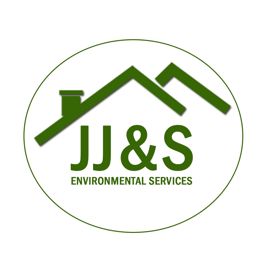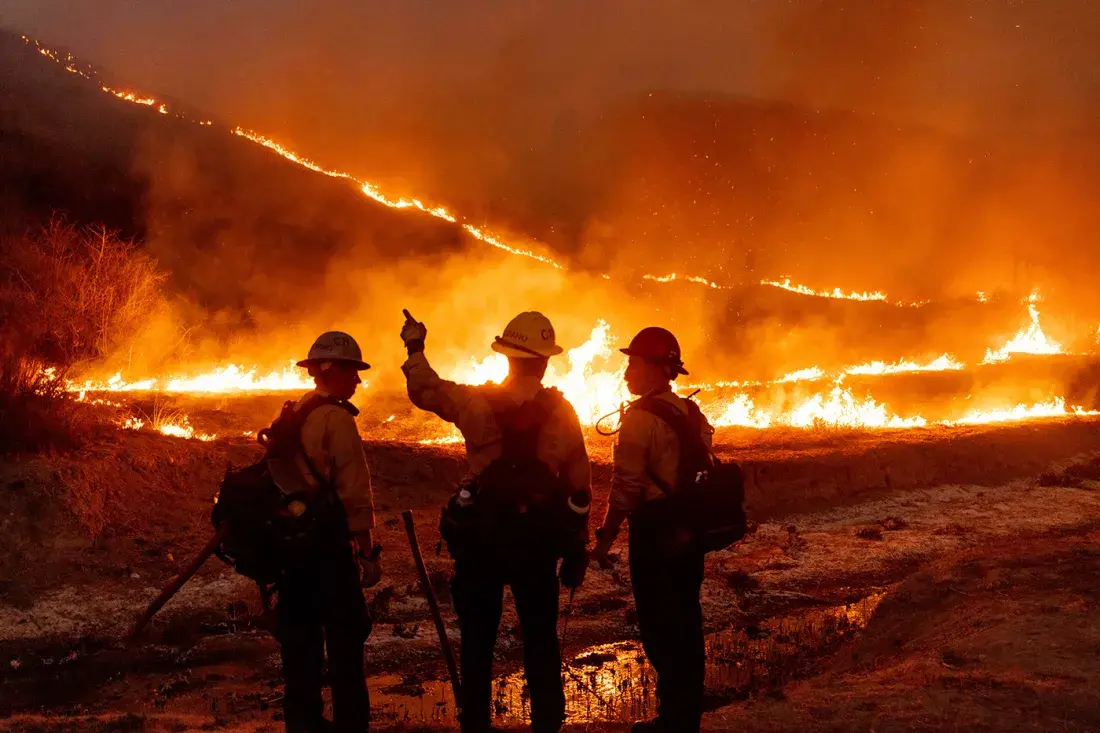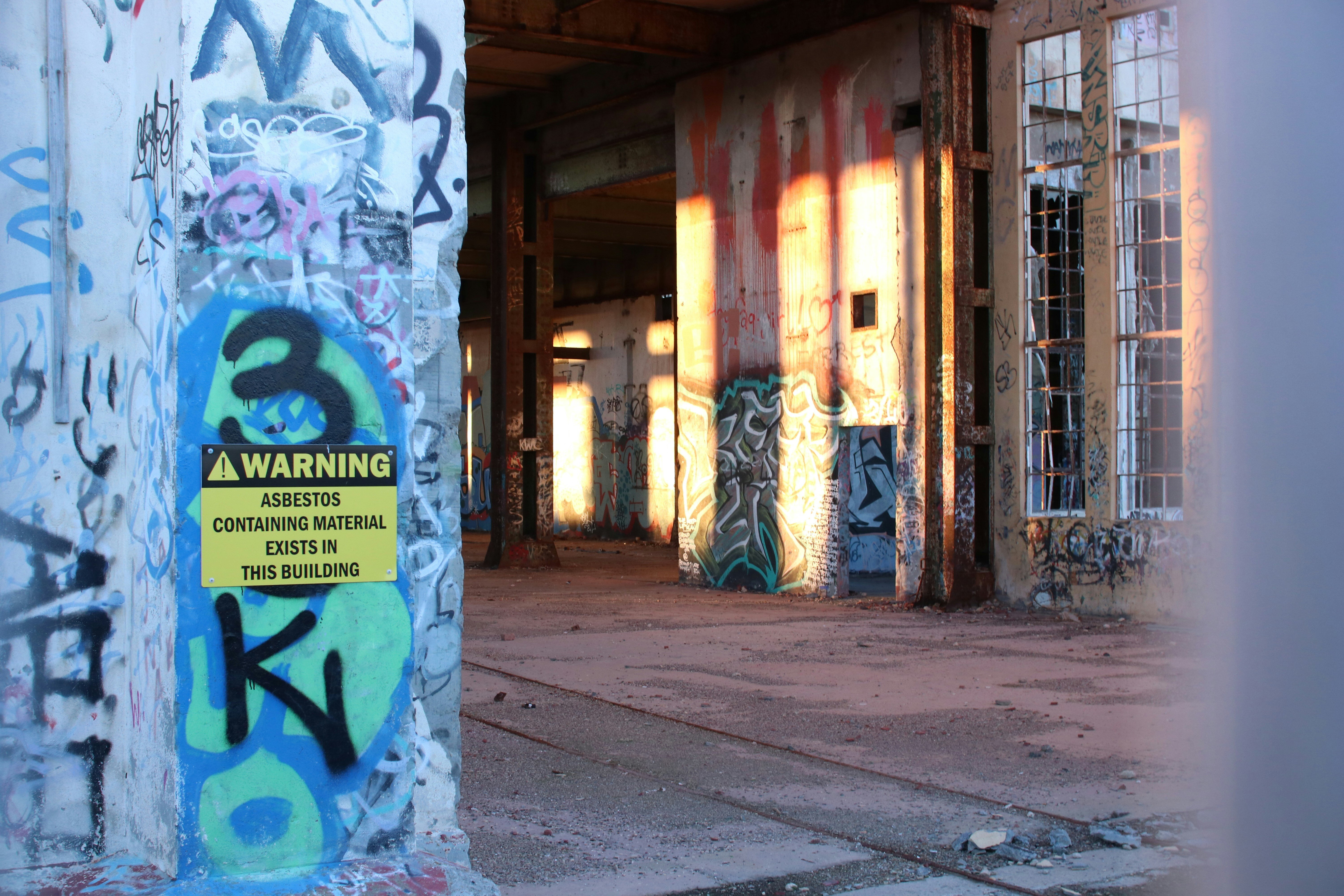Choosing the right abatement partner: what you should know
Talk with us
Choosing the right abatement partner: What restoration pros should know
We’re thrilled to collaborate with C&R Magazine, one of the restoration industry’s leading publications, to share insights on a topic that’s close to our hearts: how restoration professionals can confidently choose the right abatement partner.
C&R (Cleaning & Restoration) Magazine has been a trusted voice in the industry for decades, delivering valuable content to contractors, adjusters, consultants, and business owners. Their mission—to elevate professionalism and share best practices across restoration disciplines—aligns perfectly with our values at JJ&S Environmental Abatement.
Environmental abatement and restoration often go hand-in-hand. Whether dealing with asbestos, lead, mold, or biohazards, the risks and regulations are substantial. Restoration professionals rely on specialized abatement partners to mitigate hazards efficiently and safely, ensuring the integrity of their projects and the health of those involved. But with so many providers out there, what should you look for in an abatement partner?
Drawing from our experience at JJ&S, here’s what restoration pros should consider when making this crucial decision.

1. Compliance with industry regulations
Environmental abatement is governed by strict local, state, and federal regulations. A credible abatement partner should hold all necessary licenses, insurance, and certifications—ensuring compliance with OSHA, EPA, and other relevant authorities.
Before bringing on an abatement company, restoration professionals should verify these credentials and ask about their familiarity with evolving regulations. A compliance-focused partner protects both the contractor and the client from potential legal pitfalls.

2. Proven track record and experience
Experience in abatement, especially within the context of restoration projects, is non-negotiable. Whether addressing post-fire asbestos hazards or mold after water damage, a seasoned abatement partner brings critical problem-solving skills and adaptability to complex scenarios.
Restoration professionals should seek partners with documented success in similar projects, ideally supported by client testimonials or case studies.
3. Commitment to safety
Abatement work involves inherent risks, both to workers and building occupants. A reliable partner will demonstrate a clear commitment to safety through rigorous protocols, proper equipment, and ongoing employee training.
Restoration pros should ask about the abatement company’s safety culture, including their incident record and strategies for preventing exposure and contamination.
4. Clear communication and collaboration
Restoration projects are inherently collaborative, often involving property owners, insurers, subcontractors, and municipal inspectors. The right abatement partner understands this complexity and maintains open, clear communication from start to finish.
Look for a partner who is responsive, provides regular updates, and works seamlessly within multi-disciplinary teams.
5. Technological capabilities
Advanced technology enhances the precision and efficiency of modern abatement projects. From HEPA-filtered containment systems to real-time air quality monitoring and digital reporting tools, these innovations improve outcomes and safety.
A forward-thinking abatement partner invests in such technologies and can integrate them into your restoration workflow.

6. Flexibility and responsiveness
Emergencies rarely happen on a convenient schedule. Restoration professionals need abatement partners who can mobilize quickly, adapt to evolving site conditions, and maintain flexibility to meet tight deadlines.
Assess a potential partner’s response times, availability, and willingness to accommodate after-hours or weekend work when necessary.
7. Shared commitment to client Satisfaction
Ultimately, both the restoration company and abatement partner serve the same end client. A partner who values professionalism, cleanliness, and courteous service enhances your reputation and the client’s satisfaction.
Restoration professionals should seek out abatement partners who understand and respect this shared responsibility.

Choosing the right abatement partner isn’t just about technical ability—it’s about trust, communication, and shared values. At JJ&S Environmental Abatement, we’ve built lasting partnerships with restoration professionals by prioritizing compliance, safety, and collaboration.
We’re grateful to C&R Magazine for the opportunity to contribute to this important conversation and help restoration pros nationwide make informed decisions when selecting their abatement partners.
FAQ
1. Why is it important for restoration professionals to verify an abatement partner's certifications?
Verifying certifications ensures that the abatement partner complies with federal, state, and local regulations. This protects both the restoration company and the property owner from legal liabilities and ensures that hazardous materials are handled safely and effectively.
2. How can restoration pros assess an abatement partner's safety standards?
Restoration professionals should ask potential partners about their safety protocols, training programs, and incident records. A reputable abatement company will be transparent about its safety practices and demonstrate a proactive approach to minimizing risks on every job site.
3. What role does technology play in modern abatement projects?
Technology enhances precision, efficiency, and safety in abatement work. Tools such as HEPA-filtered containment systems, digital project documentation, and real-time air quality monitoring help ensure compliance and improve coordination with restoration teams.
4. How quickly should an abatement partner be able to respond to a restoration project?
Ideally, an abatement partner should offer rapid response capabilities, with the flexibility to accommodate urgent situations and evolving project timelines. Restoration projects often involve time-sensitive hazards, making responsiveness a critical factor in selecting the right partner.




.jpg)

